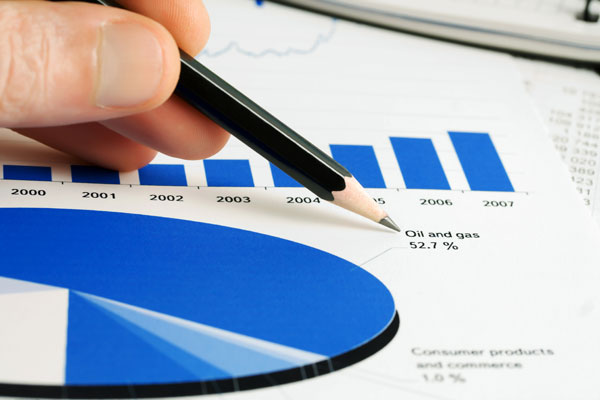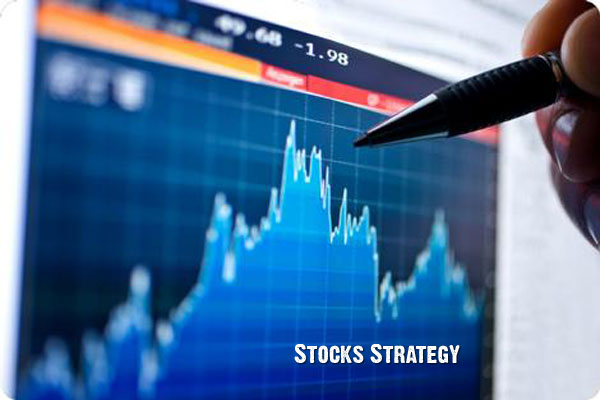Use the book value to market price ratio. What measures should you use to improve your performance? Bernstein says there are four methods of selection that have been shown to produce higher-than-average returns: those with the highest BTM (book-to-market ratio, the inverse of price divided by book value to price ratio), cash flow, dividends, and earnings-to-market (inverse of the familiar PE ratio).
This article follows on from, Planning Your Portfolio, wherein what successful investors use heuristics to shape their strategic decisions, was mentioned
Designing a Portfolio
“If you’re designing a portfolio, then BTM is the most practical metric to focus on, since it has the lowest turnover and so is the easiest and cheapest to maintain over time.”
- If you use PE as a measure, use historic earnings — those reported for the latest 12 months. Analysts like to use forward earnings, the estimate for the current year. But “such estimates almost always tend to be overly optimistic” and make shares look cheaper than they really are.
- You can expect some lift from strategies based on small size, value, momentum and profitability.
However, the well-known characteristic of small-caps to outperform large-caps because of their higher risk and illiquidity is misleading because the figures ignore the disadvantage of price spreads, which can wipe out all the benefit of smaller size. And in practice maintaining a portfolio of such stocks over the long term requires a fair amount of trading.
He says that the “tilt factor” – the benefit from buying small-caps – is now tiny compared to the lift that can be provided by other strategies.
Bernstein suggests premiums of perhaps 0.7 per cent a year for small stocks, 1 per cent for value stocks, and thus 1.7 per cent for small value stocks.
see the next article: Outperformers likely to continue outperforming
copyright: Martin Spring of OnTarget






